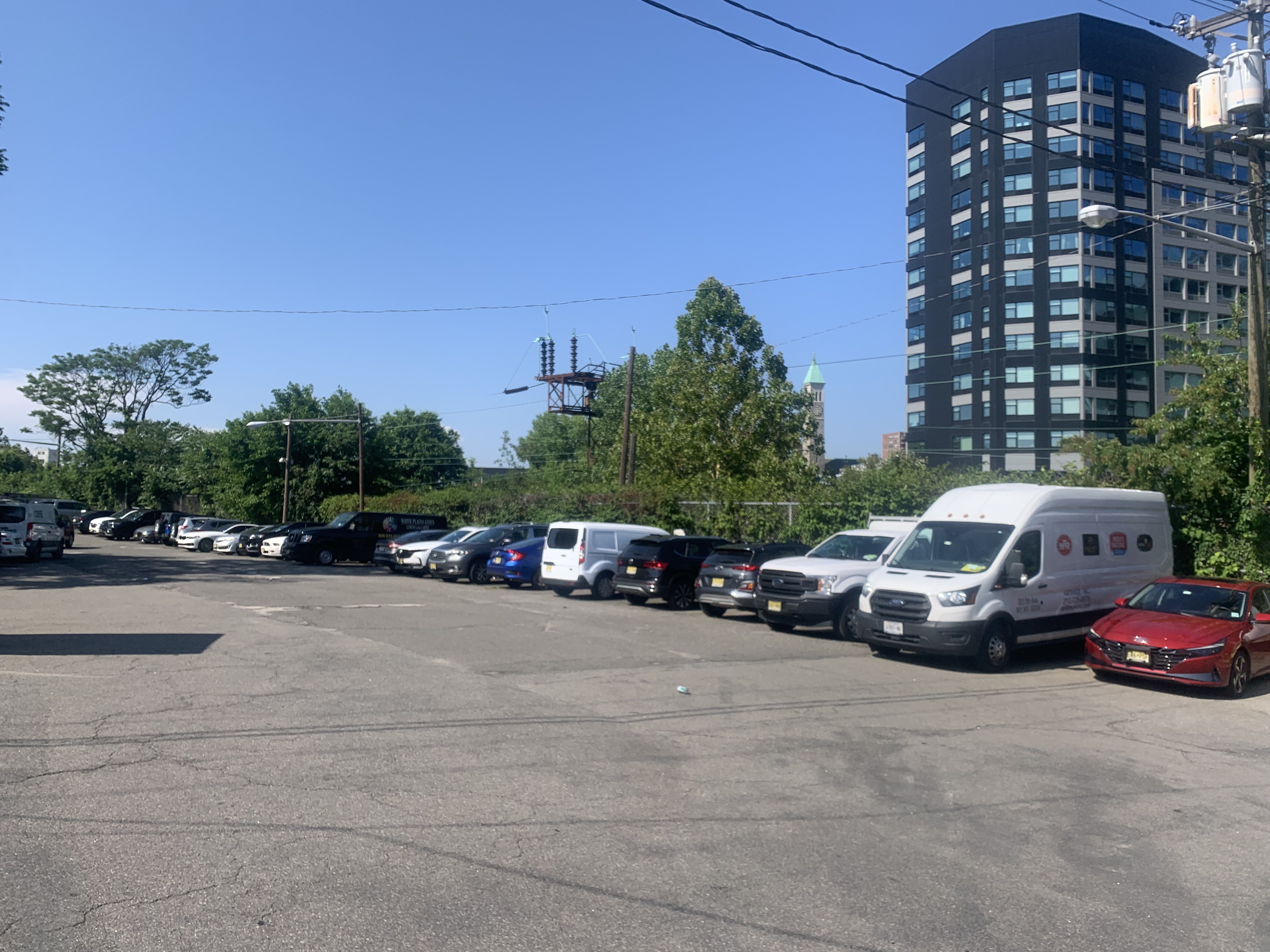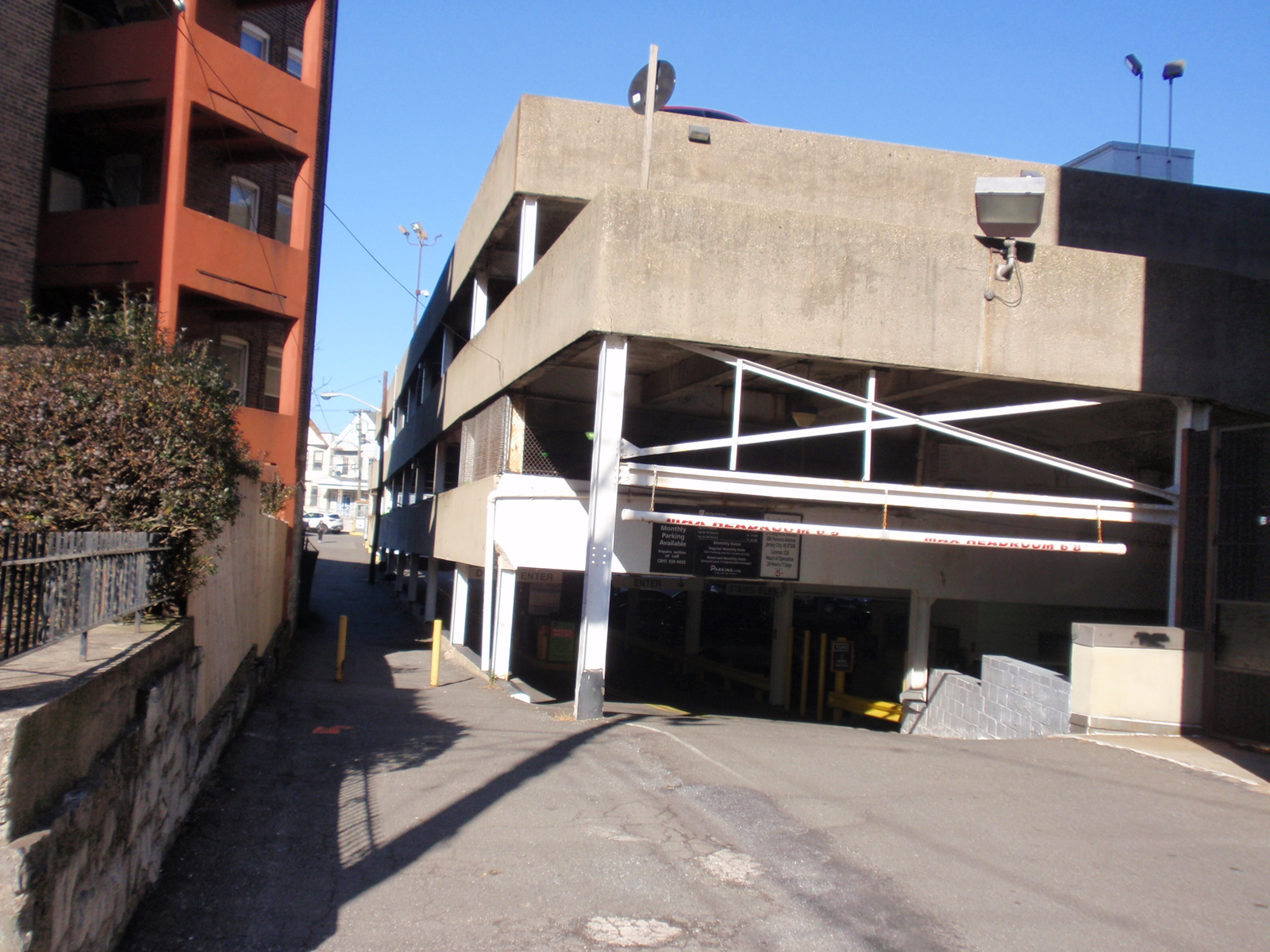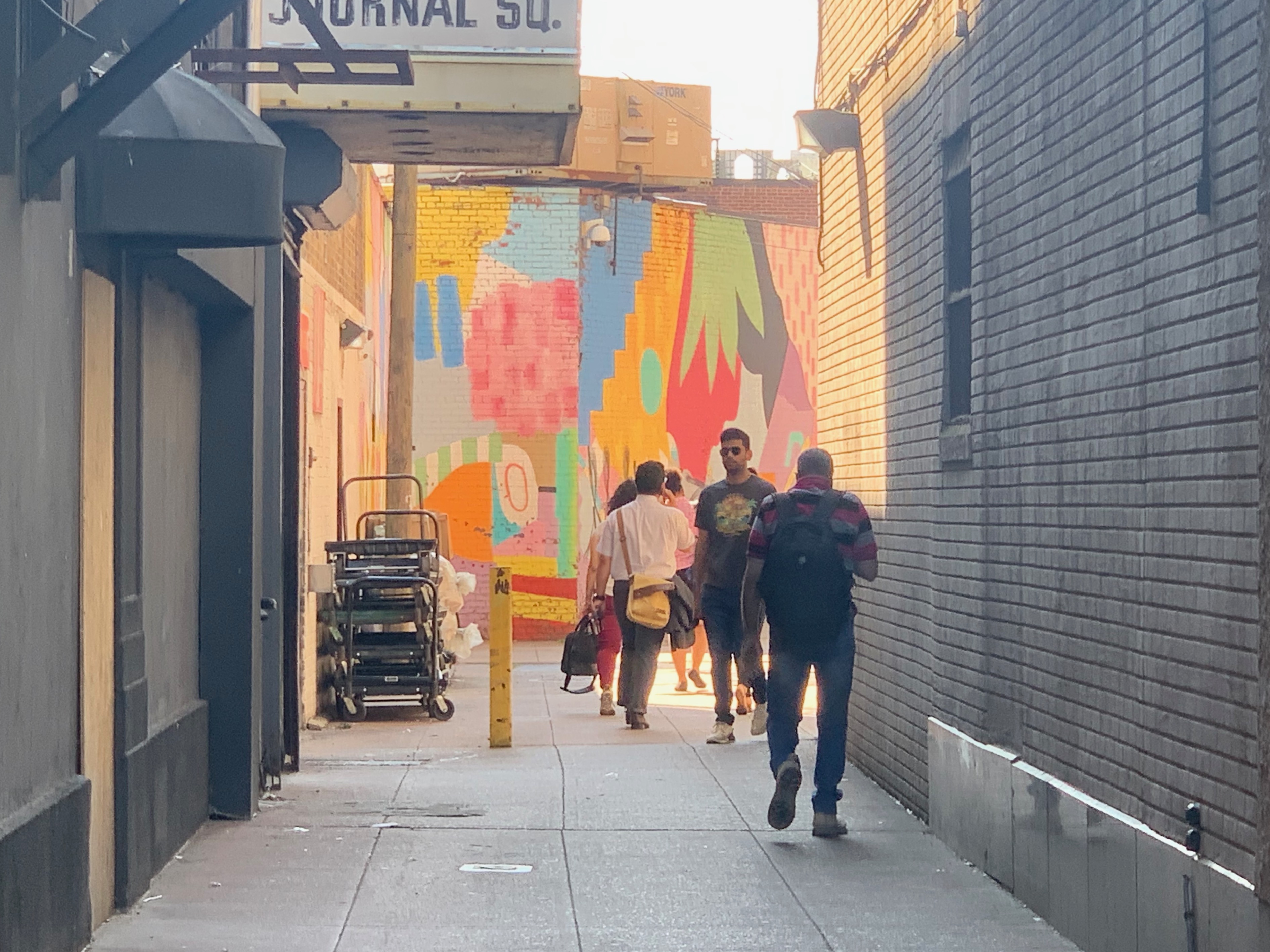There are stories behind the Loew’s theater in Journal Square, stories about how a city changes and in what ways as well as who decides and what interests are being served. One has to do with the theater itself and the other with the luxury high-rises planned to go up behind it. The latest story concerning the Loew’s is that the cost of transforming the theater into a major entertainment venue has gone from $72 million to $105 million – a 45% increase. And, while Jersey City has a $15 million bond in place to cover cost overruns, its financial obligation on this renovation remains uncertain since its agreement with its partner, Devils Arena Entertainment, the company that operates the Prudential Center in Newark, has yet to be finalized in terms of who is paying for what.

Despite the uncertainty over the city’s financial responsibility for this project and its increasing cost, the city remains committed to it, according to a spokesperson for the mayor. It may be because in 2021, when the Mayor’s office announced the city’s partnership with Devils Arena Entertainment to renovate the Loew’s, it noted that it would “serve as an engine of economic development and hub for the local Journal Square community, and expand Jersey City’s growing reputation as an unparalleled arts destination in New Jersey.” This includes another agreement the city has to bring a satellite version of the elite French contemporary art museum, the Pompidou x, to the area – another arts project whose financing and ultimate cost has yet to be determined.

Rebranding Journal Square as an arts center got an early boost in 2016, when the City Council approved changes to the Journal Square 2060 Redevelopment Plan to include “cultural amenities” in redeveloping the property behind the Loew’s which consisted of a parking lot and garage. Zoning changes were made to allow developers to build taller buildings in exchange for creating cultural venues such as an art gallery, dance studio, library and cafe. Developers would also be required to contribute to a public arts fund, or the city’s Affordable Housing Trust Fund or its Open Space Trust Fund,

After some false starts, the redevelopment of Journal Square as an arts district finally took shape in 2022, when two of the biggest players in real estate development, Kushner Real Estate (KRE) group) and Silverstein Properties received the city’s approval to build two towers,55 and 49 stories high with 1,189 apartments. The project will include an “art walk” with a cafe and art gallery which residents can visit via a pedestrian pathway courtesy of the developers. In addition, at the city’s direction, the developers agreed to contribute $3.5 million to the Journal Square Cultural Arts Fund. In exchange for this contribution to the arts fund as well as including arts amenities in their project, the developers received a variance, or exception to zoning regulations, to add 30 stories to their project. No affordable housing was included in this agreement.

Developers received a variance to build higher and in exchange they will include an art gallery in their project and contribute $3.5 million to the Journal Square Cultural Arts Fund.
The developers also received a variance to combine and subdivide five lots into two, reshaping the property in a way to make redevelopment more viable and valuable. Another variance was for an overhead walkway between the two high-rises to connect them with the amenities on their roof decks. In all, the city granted over two dozen variances to the developers, most of which add to the property’s market value.

Because of the project’s closeness to the Loew’s the city and the developers will share the costs of improvements to the pathway that runs by the theater and behind it. And since the pathway runs along public and private property, each party has agreed to cooperate in making improvements and ensuring the public has access to the private sections of the pathway.

The role of city officials and agencies in partnering with the developers in facilitating and approving the development of luxury housing behind the Loew’s theater and in reinventing Journal Square as an arts center demonstrates their influence in reshaping the city This influence can be traced to New Jersey’s Local Redevelopment and Housing Law which allows municipalities to determine which areas of a city are in “need of redevelopment.” This designation gives the city the power to create redevelopment plans which include tax breaks and other incentives to developers. It allows the city to issue bonds, acquire property and even use eminent domain to do it as it did in regard to 50 Journal Square, the building next to the Loew’s. The redevelopment law also allows municipalities to form partnerships and enter into agreements with developers which may include financial assistance and infrastructure improvements. Jersey City has done this with regard to the Loew’s theater, the towers planned behind it and the Pompidou x across the street.

The Journal Square 2060 Redevelopment Plan, which was first adopted in 2010, allows for taller mid-rise and high-rise buildings. This added value to the area’s real estate which has had its intended effect of attracting many investors in recent years. The result has been a very hot real estate market with dozens of luxury housing projects completed or underway. However, the city has chosen not to leverage the area’s greater investment potential to require developers to include housing for the city’s families and workers in their buildings.

At the same time,Journal Square’s redevelopment plan includes the goals of providing a variety of new housing for residents while maintaining the character of the neighborhoods around it. It appears that city officials have decided not to follow through on these goals. The question is why since it would benefit the area’s residents so much. As the former president of the Journal Square Community Association said two years ago: “Journal Square is one of the most diverse vibrant communities in the city, and I think we deserve a built environment that reflects that and makes space for all the people that want to live here.”
Follow This Blog
Get new content delivered directly to your inbox.
- Gentrification Math & the False Promise of Affordable Housing
- Why is the City Selling Public Property to Luxury Housing Developers?
- Why So Much Luxury Housing in a City Where Most Can’t Afford It?
- Why Do So Many New Apartment Houses Look Alike?
- Signs of Gentrification: House Numbers, Their Color and Design
